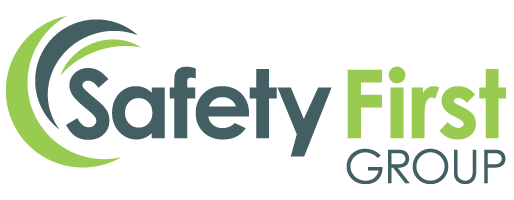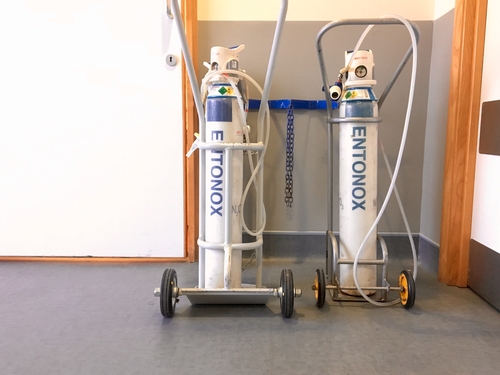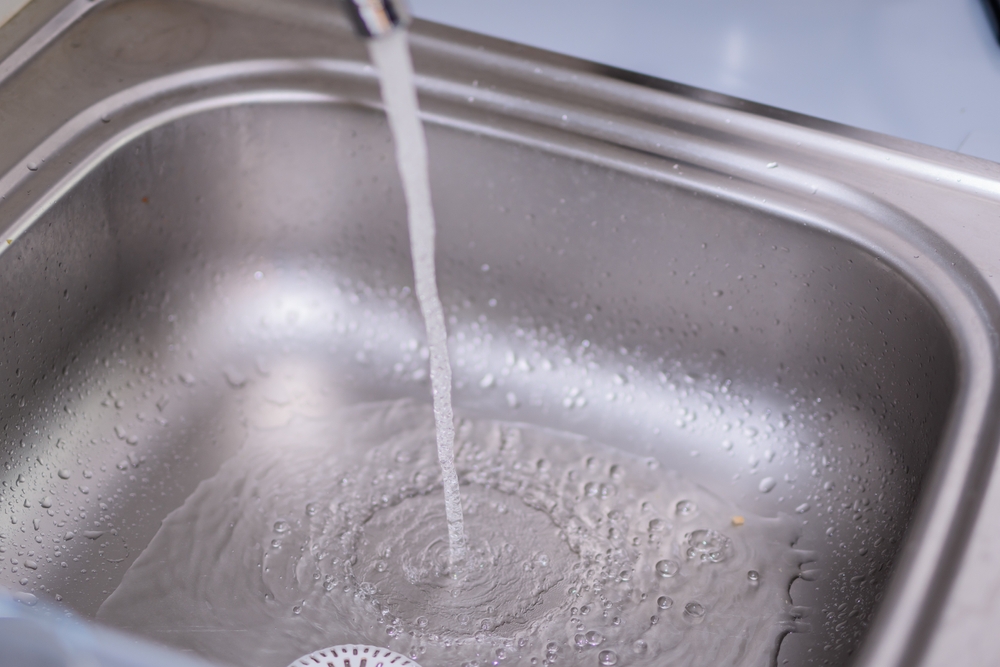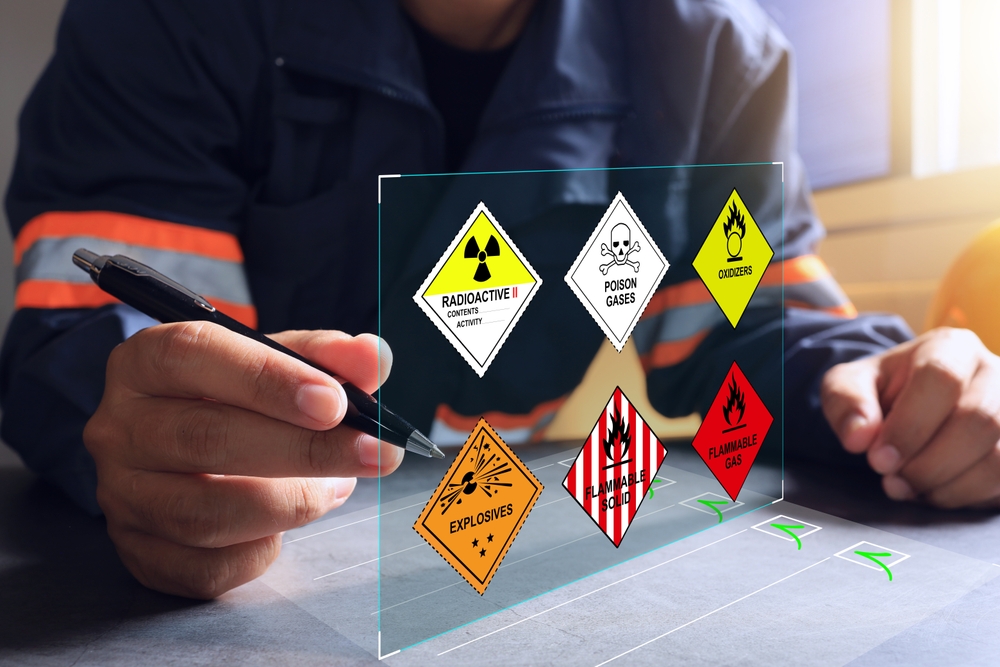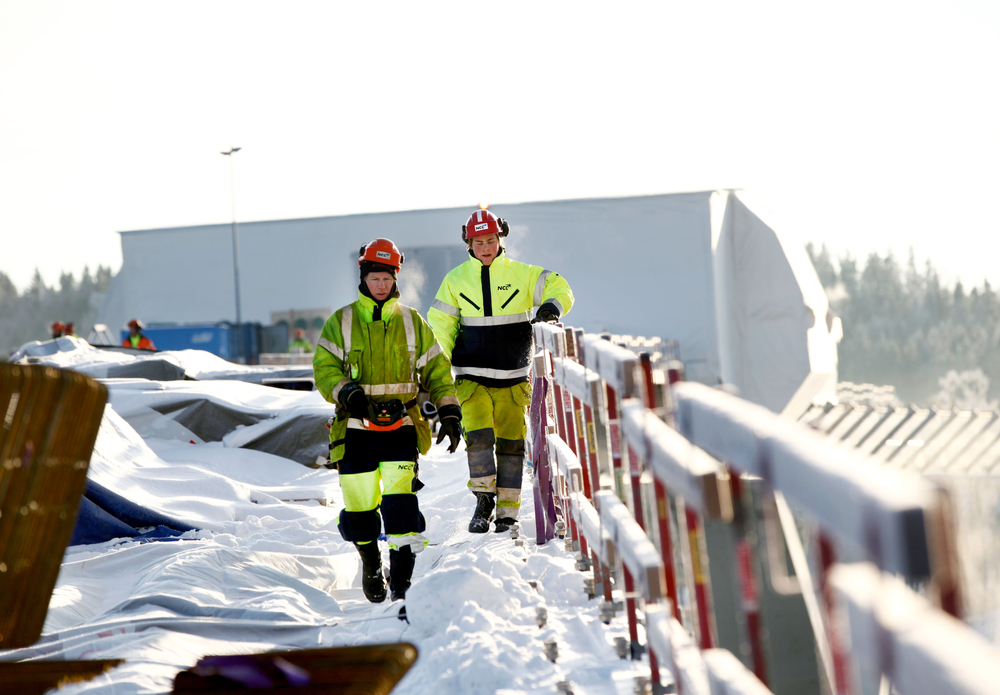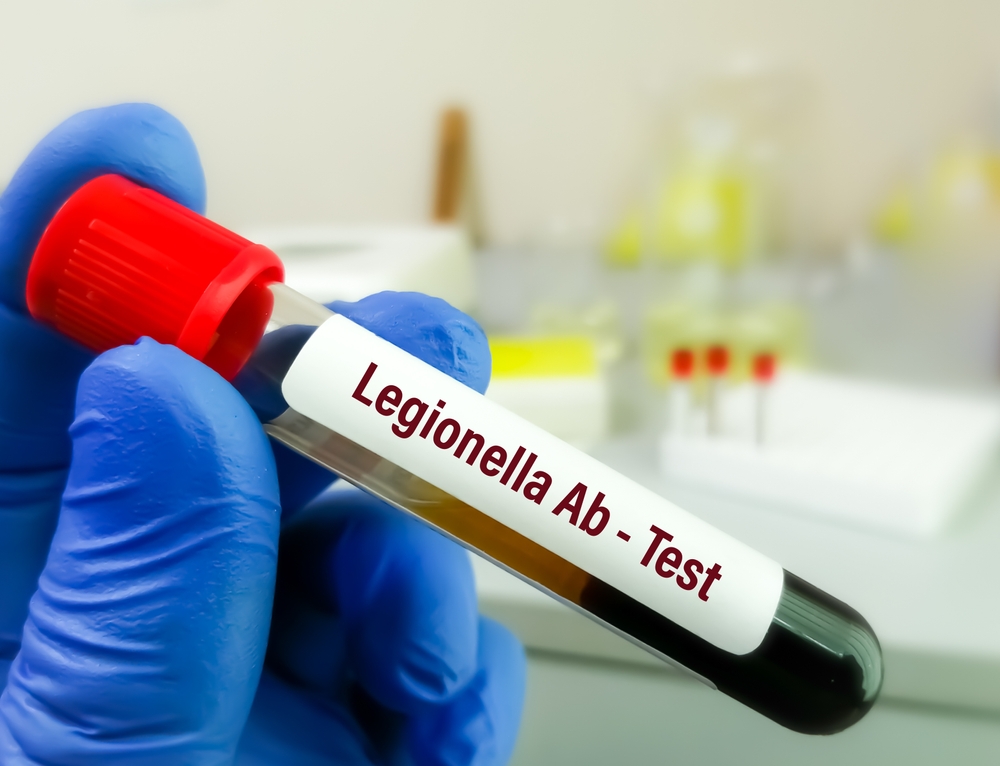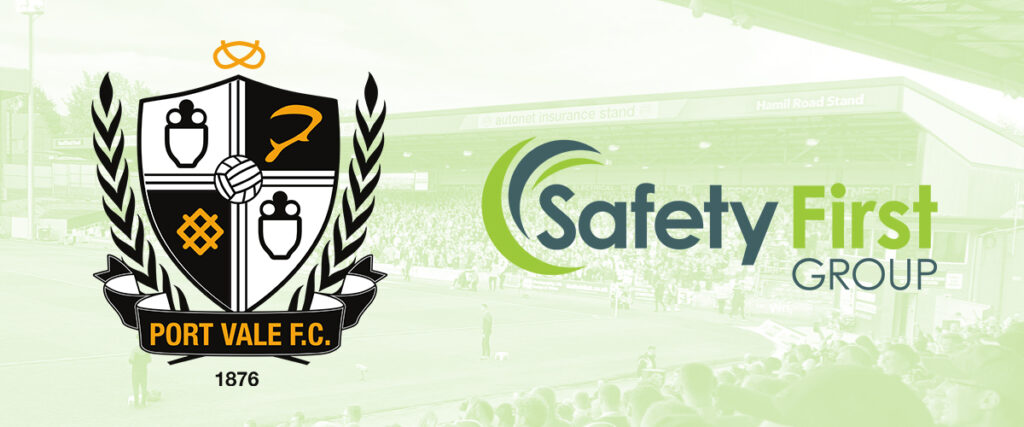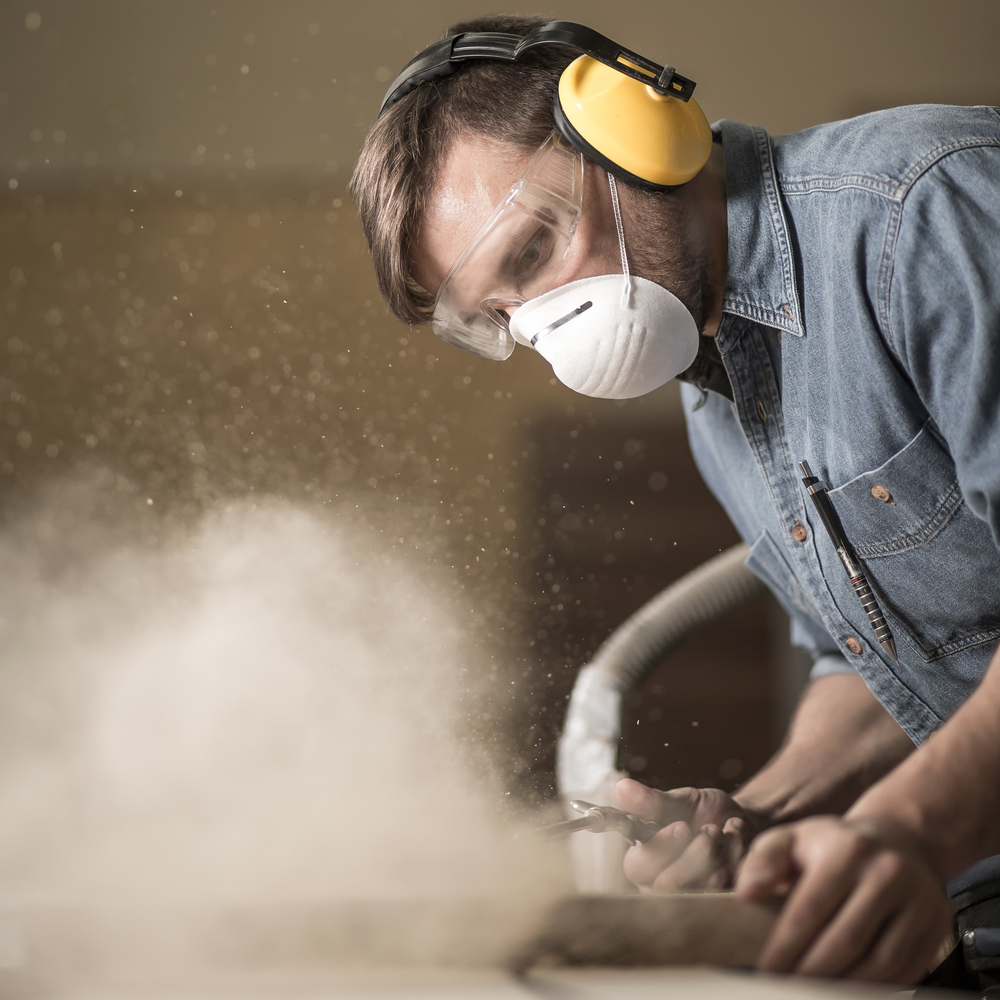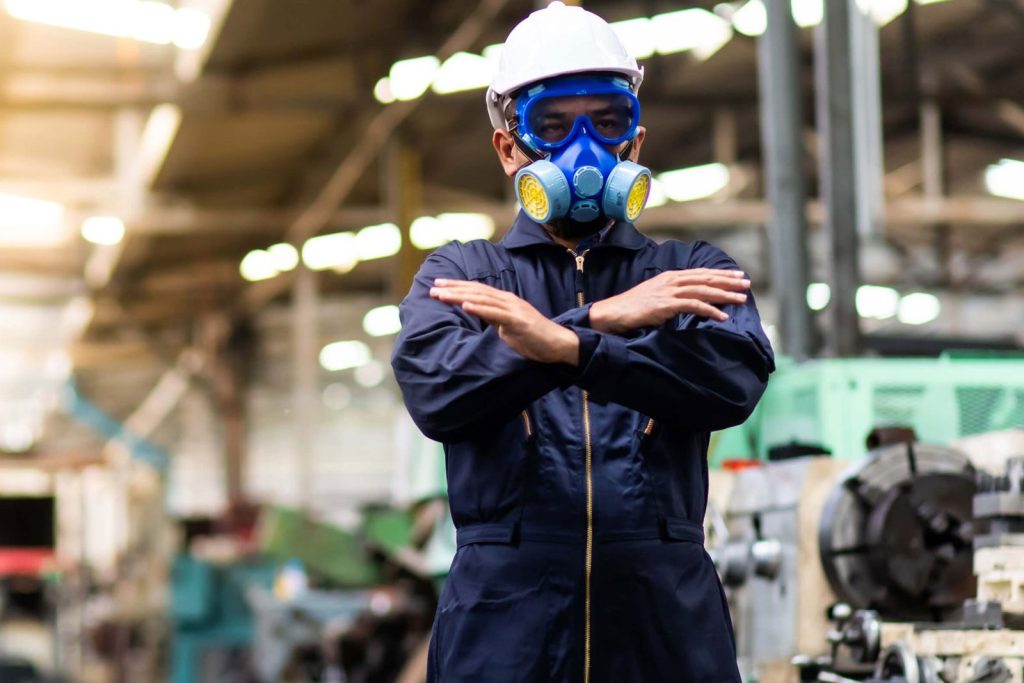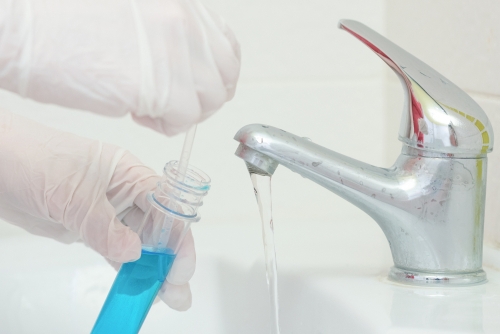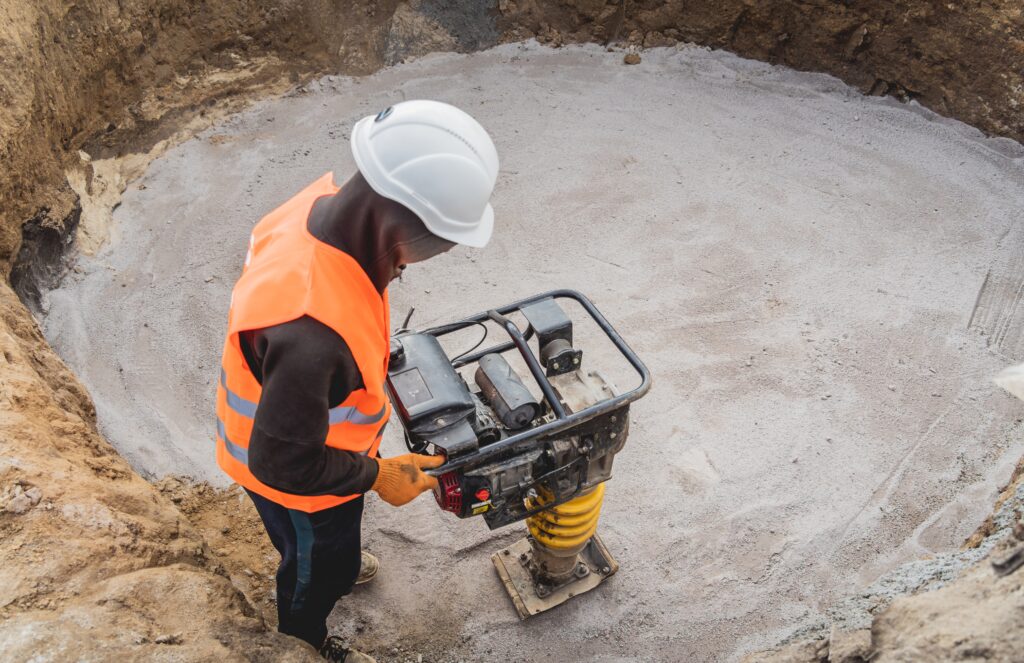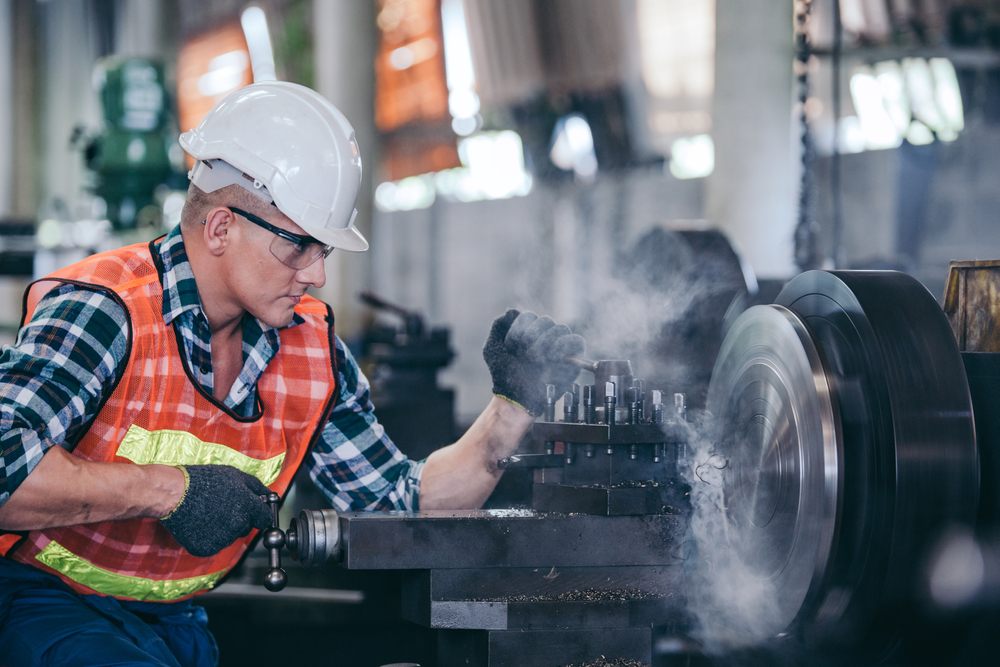Workplace air monitoring has hit the headlines due to a hospital that has temporarily banned the use of popular maternity drug Entonox.
Entonox, more commonly known as ‘gas & air’, is a gas used to help with pain management. But it seems that Hospitals are now realising that the risk to nurses who regularly help patients with Entonox, is very real.
Let’s highlight the risk
Exposure to gas and other airborne contaminants over a long time can cause significant health problems for employees. Entonox is a gas that needs treating in the same way. As a patient breathes in the gas, particles are also released into the air. This means that anyone working near someone being treated with Entonox, needs to be classed as high-risk.
In the same way that other industries handle airborne contaminants, hospitals need to follow suit. And it is never too late to start. Once a risk has been identified, businesses should plan for, and begin implementing controls and measures to help safeguard employees.
Hospital managers also need to consider how long-term management of gas & air will affect service users. Especially if this is a permanent ban.
Employees regularly exposed to Entonox could present with the following symptoms:
- Drowsy
- Sleepy
- Light-headed
However, these acute symptoms are just the tip of the iceberg. Long term exposure to Entonox can affect the body’s ability to absorb vitamin B12. Furthermore If our bodies aren’t able to absorb enough B12 we can suffer from long-term neurological, and blood disorders. You can read more about the risks of long-term exposure to Entonox here.
How to handle hazardous substances
Entonox should be treated like any other occupational health hazard. And many industries where gas and other airborne contaminants are prevalent, often rely on workplace air monitoring. This compliance, which is regulated by the HSE, can cross over with other regulations such as Control of substances hazardous to health, and occupational health surveillance.
What’s more, it’s especially important for high-risk employees. Which is exactly why taking steps to identify high-risk members of staff is essential when examining your legal responsibilities as an employer.
Workplace air monitoring
As professionals, we recommend starting with a risk assessment for Entonox and other other gases. This will help you to identify where the risk exists, and who needs long-term monitoring. But it’s not just risk assessment that is important, we also need to think about:
- Gathering data to help implement remedial actions effectively
- Checking whether current control measures are effective, and putting some in place to ensure compliance
- Ensure that workplace exposure limits are not exceeded
- Identify health surveillance needs for at-risk employees
Together, all those points make up the requirements for compliance with the HSE. And especially to help you safeguard employees whilst they are at work. Just the same was as you would any other workplace risk, workplace air monitoring for Entonox needs to be done as standard.
How will workplace air monitoring help?
Because exposure monitoring is needed when working with harmful substances, it forms one part of your legal requirements as employers. As we’ve mentioned above, this could be required as part of your business COSHH compliance. Furthermore, it’s essential in keeping your workforce safe from harm, especially where risk cannot completely be eradicated.
Specialist compliance laws require careful and meticulous planning and control. That’s why businesses like Safety First Group exist!
Our specialist team is highly skilled and qualified to carry out various methods of workplace air monitoring. And, to make sure that you are compliant, whatever the initial results are. No matter how complex the issue, we can work together to find the right sampling strategy, and recommend steps that need to be taken to ensure compliance.
Ready to get started?
We are experienced in delivering a complete range of workplace air monitoring and COSHH risk assessment. If you need help with confirming that your current control measures are adequate, help with current exposure limits, or something else, you can contact our friendly team on 0845 004 2133. Alternatively you can reach us at enquiries@safetyfirstgroup.co,uk or visit our contact page here.
